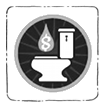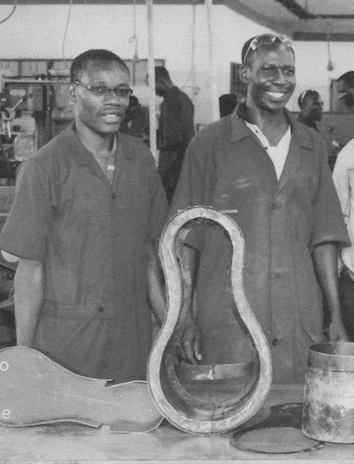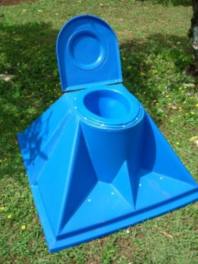Difference between revisions of "Commercial Toilets"
| Line 6: | Line 6: | ||
[[Image:SAFI Latrine.png|right|150px|link=SAFI Latrine]] | [[Image:SAFI Latrine.png|right|150px|link=SAFI Latrine]] | ||
In September 2014, the SAFI (Kiswahili for 'clean') was created to replace the oftentimes dangerous pit latrines. It is offered in a wet model as well as a dry model. It was made for rural families, who contributed feedback, and including characteristics such as durable, affordable, safe, easy to clean, not smelly, with a pan that does not spill, and it allows women nearby to bathe in private. it can be purchased and installed for as little as USD 70. | In September 2014, the SAFI (Kiswahili for 'clean') was created to replace the oftentimes dangerous pit latrines. It is offered in a wet model as well as a dry model. It was made for rural families, who contributed feedback, and including characteristics such as durable, affordable, safe, easy to clean, not smelly, with a pan that does not spill, and it allows women nearby to bathe in private. it can be purchased and installed for as little as USD 70. | ||
| − | |||
| − | |||
| − | |||
| − | |||
| − | |||
| − | |||
| − | |||
| − | |||
| − | |||
| − | |||
| − | |||
| − | |||
| − | |||
| − | |||
| − | |||
| − | |||
| − | |||
| − | |||
| − | |||
| − | |||
| − | |||
| − | |||
| − | |||
| − | |||
| − | |||
| − | |||
| − | |||
| − | |||
| − | |||
| − | |||
| − | |||
| − | |||
===Waterloo Toilet=== | ===Waterloo Toilet=== | ||
Revision as of 22:55, 1 October 2015
Here are commercially sold toilets available, whether through nonprofits (NGOs) or private sales. The content has been provided by the companies who produce the products, but this does not mean that Akvopedia endorses any particular product or business. If you want to add a product, please contact [email protected].
SAFI Latrine
In September 2014, the SAFI (Kiswahili for 'clean') was created to replace the oftentimes dangerous pit latrines. It is offered in a wet model as well as a dry model. It was made for rural families, who contributed feedback, and including characteristics such as durable, affordable, safe, easy to clean, not smelly, with a pan that does not spill, and it allows women nearby to bathe in private. it can be purchased and installed for as little as USD 70.
Waterloo Toilet
Use it dry as a long drop without water seal seat and bowl or with the water-seal bowl that can be flushed by hand-held container of only 1 litre of water.
Made of roto-moulded plastic in bush green colour it weighs only 6 kg and has a base of 1 square metre. Strong , easy-to-clean and light…and a happy place to sit and meditate in the bush!



